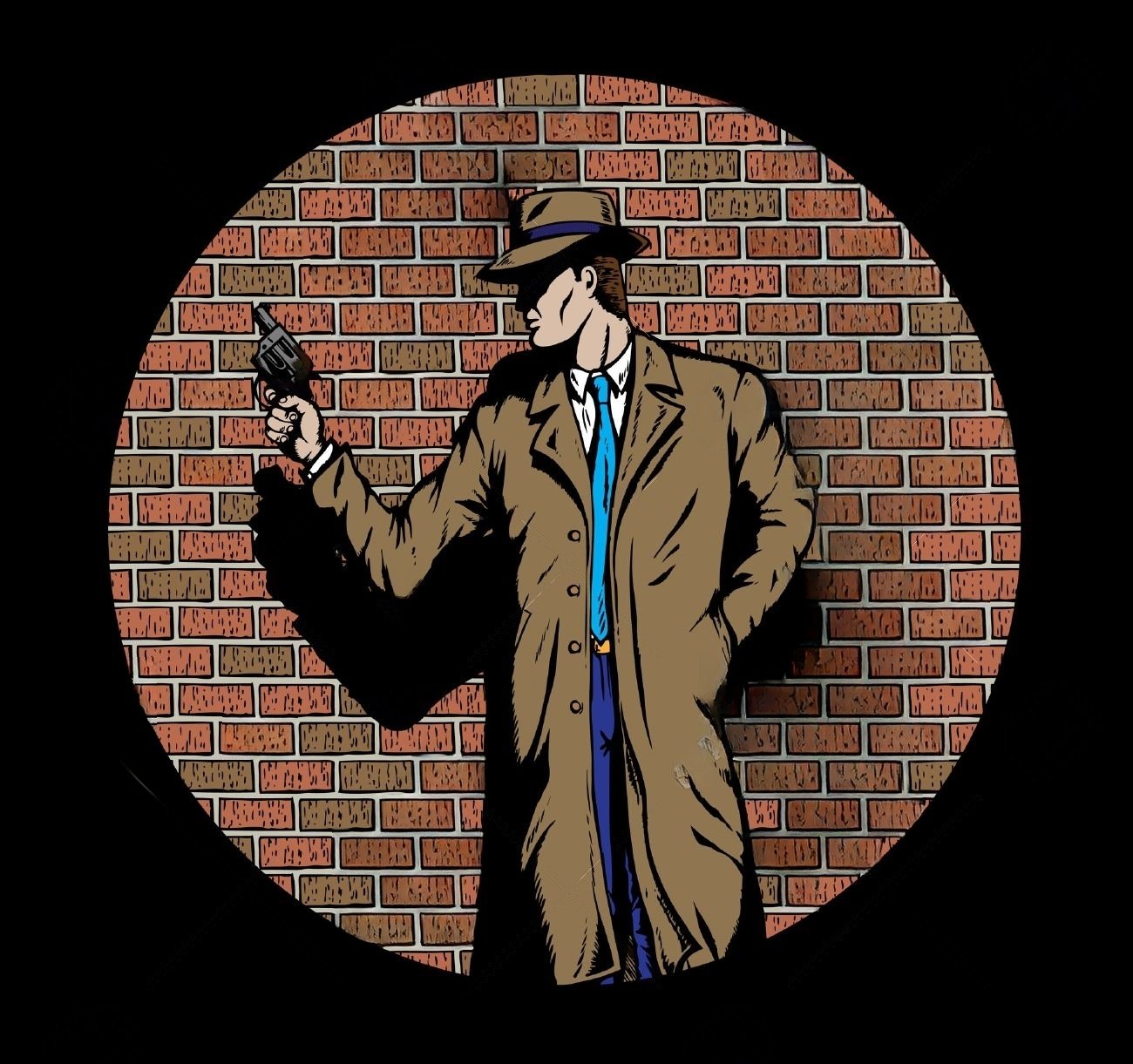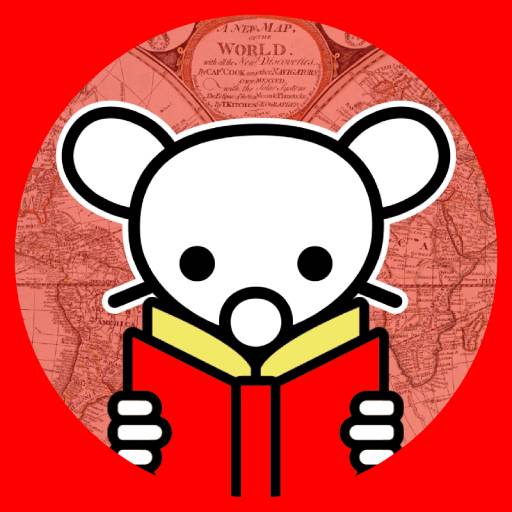Since this weekly discussion theme is about Puerto Rico (and I didn’t know much about it lol) here’s an early chronological summary provided by the Center for Puerto Rican Studies. I’d strongly recommend having a look at their website too because they have a lot of additional resources
BRIEF HISTORICAL CHRONOLOGY OF PUERTO RICANS IN THE UNITED STATES (PART I)
The Center for Puerto Rican Studies
PUERTO RICAN HERITAGE POSTER SERIES
Poster Content by Dr. Edna Acosta-Belen
Poster Series Design by Jorge Fish Rodriguez
PUERTO RICAN CULTURAL ROOTS c. 1200 - Late 1700s
Development of Taíno indigenous culture on the island. According to Spanish chroni-cles, Taínos called the island Borikén. The name was adapted into Spanish as Borinquen and native islanders were identified as borinqueños or boricuas.
(Poster by Rafael Tufiño, c. 1972). [MDB]
Evidence of the Taíno culture can be found in preserved petroglyphs (rock engravings in island towns such as utuado, Jayuya, Ponce, and vieques. Puerto Rican Spanish is also filled with indigenismos [words of indigenous origin], and some names of towns or cities, such as Loíza, Mayagüez, and Utuado, are also of Indian origin.
(Photo or Taino petroglyon at Caguana ceremonial rark in Utuado, PR). [MDB]
1493:
Christopher Columbus arrived on November 19, 1493 to the island he named Isla de San Juan Bautista during his second voyage to the New World. The island’s main port in the northeast was named Puerto Rico, later on, the names of the island and the capital were interchanged and the port city became San Juan, the capital of Puerto Rico.
(Engraving of Columbus’ arrival to the New World by Theodor de Bry, c. late 1500s). [PD]
1508:
Spanish colonization begins under the command of Juan Ponce de Leon. He established the first settlement in 1509 and was appointed governor of the island. The Spanish conquest produced a rapid decline in Puerto Rico’s indigenous population.
(Drawing of Ponce de León, c. 1500s). [PD]
1511-1513:
Major Taíno rebellions against the Spaniards. (Drawing of Indian rebellion, c. late 1500s). [PD]
1519:
Beginning of the importation of large num- ners of enslaved black Africans to Puerto Rico. Within a few decades, Africans outnumbered the Spanish population.
(Drawing of enslaved Africans, c. late 1500s).[PD]
1765:
Field Marshall Alejandro O’Reilly was sent by Spanish authorities to visit Puerto Rico. He recommended economic reforms and the colonial government began to promote immigration from Spain to Puerto Rico.
Runaway enslaved Africans from other Caribbean islands and from increased slave trafficking also added to Puerto Rico’s population during the late 1700s and early 1800s.
(Drawing of African slaves working in a sugar mill, c. 18005). Ediciones Santillana, 2008
The Taíno, Spanish, and African represent the three cultural and racial roots of the Puerto Rican nation and of its racially mixed population.
(Mural at the Plaza de las Tres Culturas in San German, PR; photograph of mural by Edna Acosta-Belen). [EAB]
BEGINNINGS OF PUERTO RICAN PRESENCE IN THE UNITED STATES 1815-1897
1815:
Spain grants Puerto Rico the Real Cédula de Gracias [Royal Decree of Graces] which introduces reforms for promoting economic development and the opening of trade with other countries besides Spain. Spanish immigrants received land grants to come to the island and contribute to agriculture production and the expanding trade. In later decades, immigrants from more than a dozen countries-France, Corsica, Ireland, Germany, Great Britain, and Italy, among them-also received land grants to immigrate to the island, if they were Catholic and professed loyalty to the Spanish crown. With the expansion of trade in the 1820s, the United States becomes Cuba and Puerto Rico’s major trading partner in the Americas.
1821-1848:
Numerous rebellions of Puerto Rico’s enslaved Africans take place. One of the largest was in 1841.
1850:
Journalist and political figure Julio L. Vizcarrondo, one of the earliest and most prominent abolitionists in Puerto Rico, was sent into exile because of his liberal views. He lived in New York and later Boston for four years; places where he could freely advocate for the end of slavery. In 1865, while living in Madrid, he founded the Sociedad Abolutionista Espanola [The Spanish Abolitionist Society]
1865:
The Sociedad Republicana de Cuba y Puerto Rico [Republican Society of Cuba and Puerto Rico] is established in New York by expatriates to fight for the independence of the two islands from Spanish colonial rule New York became one of the main destinations for Cuban and Puerto Rican pro-independence exiles, also called separatists at the time. Today, they are commonly referred to as “the pilgrims of freedom.”
1867:
The Comité Revolucionario de Puerto Rico is founded in New York City by Puerto Rican independence patriot and abolitionist Ramon Emeterio Betances and others. Betances releases his proclamation “Los Diez Mandamientos de los Hombres Libres” [Ten Commandments of Free Men] encouraging Puerto Ricans to take up arms against the Spanish colonial government and declare independence.
(photo of betances). [PD]
1869:
On September 23, an unsuccessful armed revolt in the mountain town of Lares proclaims Puerto Rico’s independence from Spain. This event is known as the Grito de Lares [Cry of Lares or Lares Revolt].
Poet Lola Rodríguez de Tió writes the poem "La Borinqueña, which was adapted to music and adopted as the revolutionary hymn of the Lares insurrection. Because of their pro-independence ideals, she and her husband Bonocio Tió, faced exile on two separate occasions and lived in Venezuela, Cuba, and New York.
(Photo of Rodriguez de Tió). [UPRPC]
1869:
Puerto Rican independence patriot Eugenio María de Hostos arrives in New York City from Spain and becomes editor of the newspaper La Revolucion [Revolution] an advocate of the independence of Cuba and Puerto Rico. (Photo of Hostos).[PD]
1873:
African slavery is abolished by the Spanish colonial regime in Puerto Rico.
1875:
José Celso Barbosa, a Puerto Rican of African descent, arrives in New York and, after studying English for two years, leaves the city to attend medical school at the University of Michigan. He graduated at the top of his class, went back to Puerto Rico to practice medicine, and also became involved in politics. After the U.S. invasion of Puerto Rico, Barbosa founded the Partido Republicano Puerto Rico [Puerto Rican Republican Party] 1899), which for several decades was the main supporter of the U.S. regime and eventual statehood for Puerto Rico. (Photo of Barbosa). [PD]
1887:
In Puerto Rico, supporters of autonomy or independence from Spain continue to face persecution, imprisonment, or exile. Many emigrate to New York City and other U.S. cities, or to countries in Latin America and Europe.
1889:
Afro-Puerto Rican journalist, writer, and typographer Sotero Figueroa and his wife, Inocencia Martínez de Santaelle, arrive in New York City where they join the Cuban and Puerto Rican separatist movement. Figueroa starts a printing press and a few years later becomes administrative editor of the newspaper Patria, founded by Cuban patriot José Marti in 1892.
1880s - 1920s:
Expansion of the tobacco manufacturing industry in cities such as Tampa and Key West in Florida, New York City, and Philadelphia. Tobacco workers were a progressive and militant artisan class of self-educated workers. They used to hire lectores [readers] at the factories, turning their workplaces into halls of learning. Large numbers of Spaniards, Cubans, and Puerto Ricans worked in U.S. tobacco factories and shops, including those in New York City.
(Photo of reader in a New York tobacco factory).[NYPL; PD]
1891:
Francisco Gonzalo “Pachín” Marín and Arturo Alfonso Schomburg arrive in New York and also join the separatist movement Marín, a typographer, journalist and poet revives his previously censored island newspaper El postillón [The Messenger], and turns it into an advocate of revolution against Spanish colonial rule.
1891:
Schomburg, worked in a printing shop in San Juan before migrating to New York City, where he joined the separatist movement and became one or the founders and secretary of the Club Dos Antillas (The Two Islands]. In the early 1900s, Schomburg, became a collector and bibliographer of the African experience around the world. The Schomburg Center of Research in Black Culture of the New York Public Library bears his name.
(Photo of Schomburg) [NYPL; PD]
1892:
Founding in New York of the Partido Revolucionario Cubano (PRC) [Cuban Revolutionary Party] by José Marti. Other separatist groups emerged, such as Club Borinquen, started by Puerto Rican male expatriates, the Puerto Rican and Cuban Club Las Dos Antillas, ane the women’s group Club Mercedes Varona.
1885:
The Sección de Puerto Rico [Puerto Rico Branch] of the Partido Revolucionario Cubano is founded in New York City. This year also marks the outbreak of Cuba’s Second War of Independence from Spain. Sección members Julio J. Henna and Roberto H. Todd supported Puerto Rico’s independence from Spain, but later on also supported the U.S. takeover of the island and its annexation to the United States.
1886:
The women’s separatist group, Club Hermanas de Ríus Rivera, is established in New York by Inocencia Martinez Santaella and others. The Club bears the name of a Puerto Rican General who fought in the wars for Cuban independence from Spain. Exiled from Puerto Rico and then Cuba by Spanish officials, Lola Rodriguez de Tio settles in New York with her husband and daughter and was elected Vice President of this Club. The Club engaged in fund-raising activities to support the Cuban rebel troops with medicines and other supplies.
(Photo of Martinez Santaella, c. mid-1800s, from Patriotas cubanos by Ana María Luján, 2007).
1897:
Spain granted a Charter of Autonomy that allowed self-government for Puerto Rico, although the island remained a province of Spain.


